#meiolania
Explore tagged Tumblr posts
Text
Horned turtle from Australia and near islands Meiolania
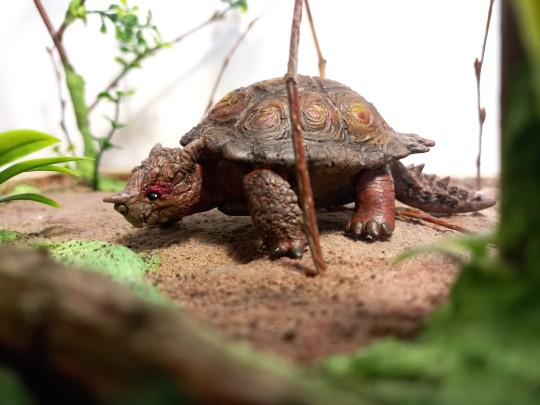

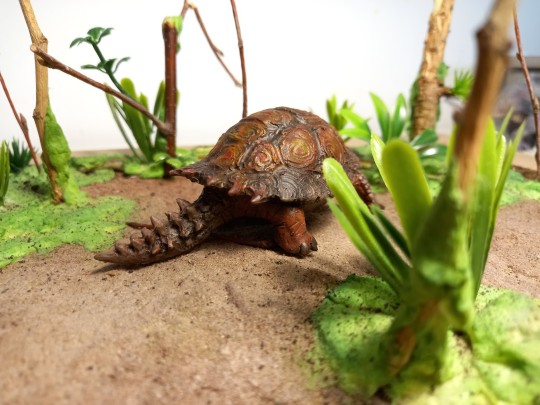
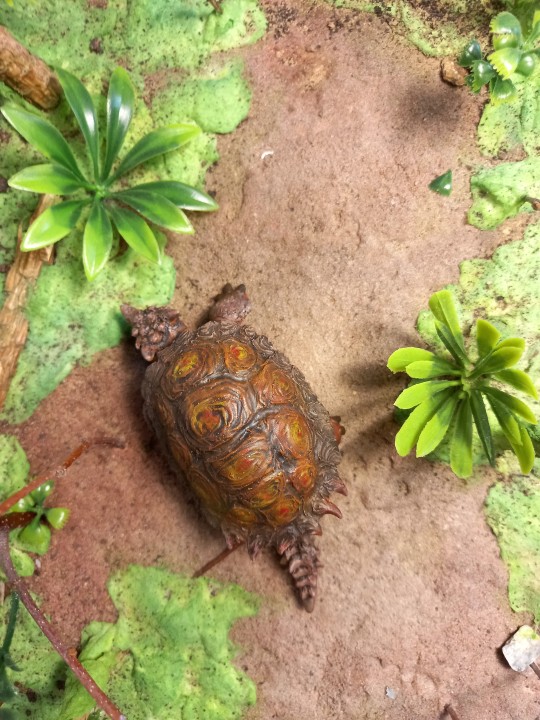
Scale: 1:35
Material: super sculpey
#Meiolania#art#paleoart#diorama#paleontology#sculpture#super sculpey#biology#australia#extinct animals
94 notes
·
View notes
Text
Mythunga, a cretaceous pterosaurLinks and propaganda Mammalodon, a cenozoic baleen whale from before baleen Mandageria, a devonian lobe-finned fish Megalibgwillia, a big cenozoic echidna Meiolania, a cenozoic horned tortoise Minmi, a cretaceous armoured dinosaur Murgonemys, a cenozoic soft-shelled turtle Murrayglossus, an even bigger cenozoic echidna Muttaburrasaurus, a cretaceous ornithopod dinosaur Mythunga, a cretaceous pterosaur
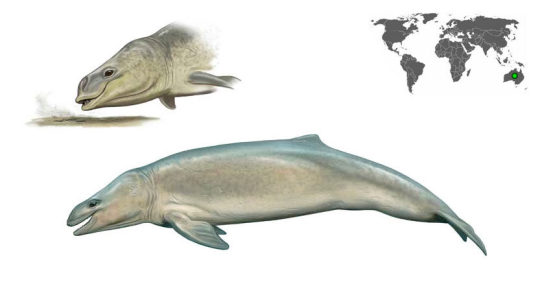


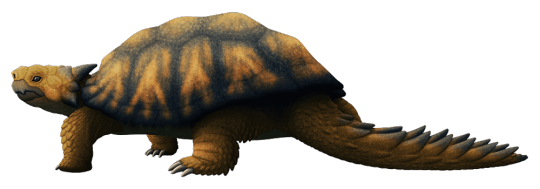

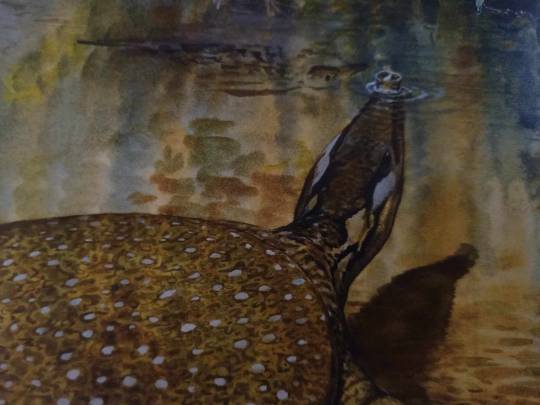

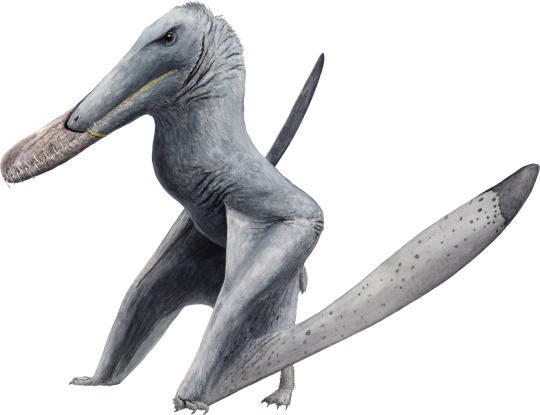
#please reblog#palaeoblr#australian fossil alphabet thing#dinosaur#megafauna#mammalodon#mandargeria#megalibgwilia#meiolania#murgonemys#murrayglossus#muttaburrasaurus#mythunga#minmi
34 notes
·
View notes
Text

Miolania oweni from A Guide to the Fossil Reptiles and Fishes in the Department of Geology and Paleontology in the British Museum (Natural History), 1896.
2 notes
·
View notes
Text
Reblog for a bigger sample size.
Say in the tags what you voted for and if you live in or outside the US
#polls#lord howe island#I thought Lord Howe Island was a state and aparently it's not but I already made this soooo....#state poll#australia#islands#Land Lobster#Meiolania#Kentia palms#lol added an extra E to Lord(e) Howe Island#I'm not remaking this poll though
6 notes
·
View notes
Text

In my kaiju phase
#art#my art#artists on tumblr#oc art#tortoise art#tortoise#meiolania#ink art#pen and ink#my ocs#my oc art#drawing
2 notes
·
View notes
Text
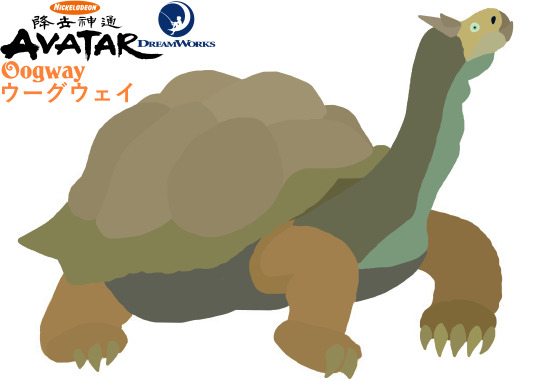
Oogway
Altura: 180 metros (al caparazón)
Longitud: 479.88 metros
Peso: 250,000 toneladas
Primer Avistamiento: Isla de Mauricio [Tierra: Teratoverso]
Controles: Fuego Control [Aliento de Fuego y Bolas de Fuego] Agua Control [Nado] Tierra Control [Caparazón, Reforestación]
Guarida: Isla de Mauricio [Tierra: Teratoverso] Zaofu [Avatarverso]
Aspecto: Oogway (Coloración) + Tortuga de las galápagos + Meiolania
Aliados:
Humanos: Aang, Katara, Soka, Iroh, Zuko
Kaijus y otras bestias: Anguirus, King Kong, Godzilla (frecuentemente), Mothra, Rodan
Enemigos:
Humanos: Ozai y Azula
Kaijus y otras bestias: King Ghidorah, King Kong, Godzilla (ocasionalmente)
#avatar aang#avatar: the last airbender#avatarverse#kaiju#tokusatsu#dreamworks#master oogway#galapagos tortoise#meiolania#kung fu panda
1 note
·
View note
Text
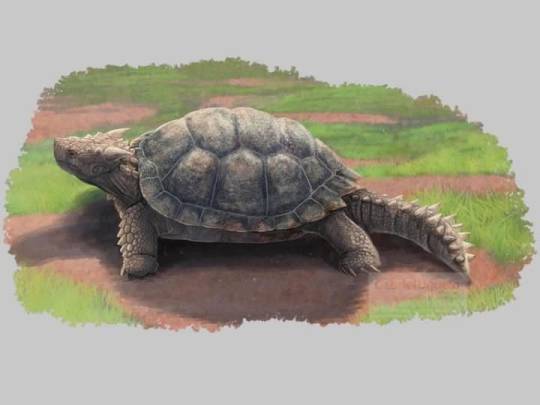
Meiolania seems like it was the turtle that wished it was an ankylosaur.
For certain it looked the part, evolving both a spiky armoured head and an even spikier armoured tail with a solid club at the tip. It lived in Australasia during much of the Cenozoic and grew up to 2 metres long, making it one of the largest known land turtles to have existed.
Artwork by Gabriel Ugueto
578 notes
·
View notes
Text

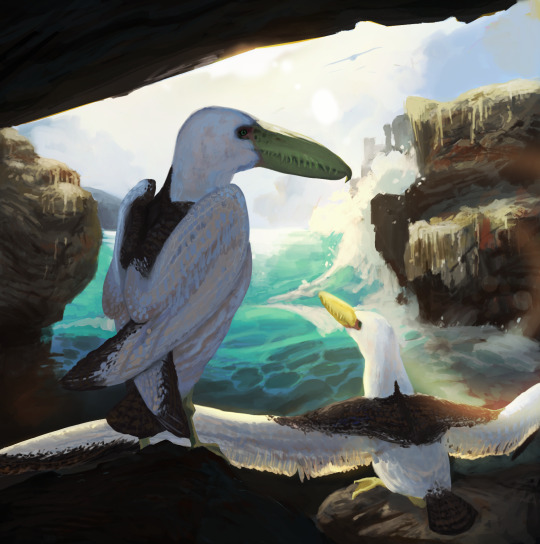
Meiolania and Pelagornis
346 notes
·
View notes
Text

eon rewind summary: scientists have done it! they have resurrected the dead! well, with turtles at least. from all ages of the past eon, a team of scientists at T.C.R.I. have brought back a meiolania, a carbonemys, and twin stupendemys! doctor baxter stockman, an independent researcher, followed this up with an odontochelys and proganochelys of his own! they would bring back more, but, well… it’s a little hard to with the current… alien problem. unfortunately, all the turtles have been lost. In other news, could ninjas be in new york? more at twelve!
tmn't' summary: welcome to tmn't'!! in this iteration, the boys don't grow up in a busy city, but secluded in a house in the woods on an island on the coast of south carolina. when splinter escaped with the kids, he ran as far and as fast as he could, hitchhiking, train hopping, and stealing bus tickets with two oddly covered toddlers and a suspiciously lumpy backpack. wonder who he was running from...
eon rewind - @rubberducky2pointoh
teenage mutant nature “turtles” - @i-got-da-rubes
33 notes
·
View notes
Note
Y'know, until fairly recently (in geological terms, that is) there were several species of turtle that were big enough to ride.
Megalochelys (specifically M. atlas) had a 6 1/2 foot long shell and could've weighed up to ~8,000 pounds.

For something a little more exotic, there was Meiolania. The largest of the genus, the unnamed Wyandotte species, hails from Australia, and probably had a similar 6 1/2 ish foot long shell. And if you think riding a tortoise would be like "riding a dragon", these guys had horns and a knobby tail club!

I don't know about turtles but it only takes one tortoise to carry you

CAN YOU IMAGINE HOW FUN THIS WOULD BE YOU'RE ON THE BACK OF A TORTOISE AND THEY'RE JUST WALKING ALONG AND YOU GET TO TAKE IN THE SIGHTS AND YOU JUST KNOW THAT WITH EVERY SINGLE STEP there's this gentle sway rocking you back and forth and it's so peaceful BUT YOU'RE ALSO ESSENTIALLY RIDING A DRAGON THIS WOULD BE REALLY COOL IS WHAT I'M SAYING
2K notes
·
View notes
Text
Meiolaniidae
So honestly I'm relatively new to digital painting. I sketched a little here and there, made skeletals, but actual painting I've done very little. But I ended up putting this together for my work on the Wikipedia page for meiolaniid turtles. (Yes the Ninjemys colours are a reference to it being named after the TMNT)
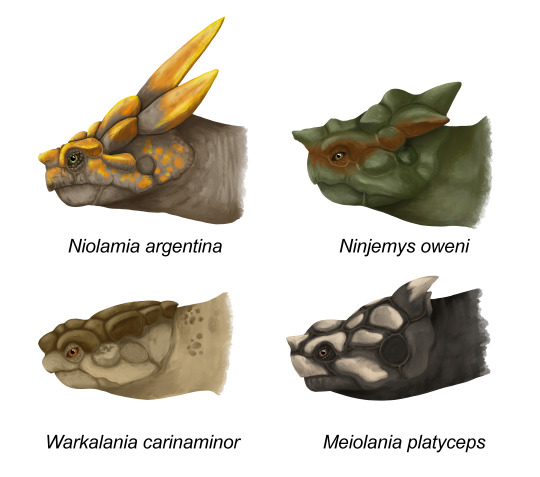
I've rambled a bit about them before, but basically, meiolaniids are weird stem-turtles thought to be outside the two main modern groups we have. They were decently large animals, their shells alone range from 1 meter to 2 meters in length (3 to 6ft I believe?), they were land animals, had some crazy horns and tails that were encased in spiky armored rings and tipped with a tail club. Here some photos with paleontologist Victoria Arbour, a Ninjemys tail club photographed by Serjoscha Evers and a Meiolania tail club illustrated by W.H. Wesley.


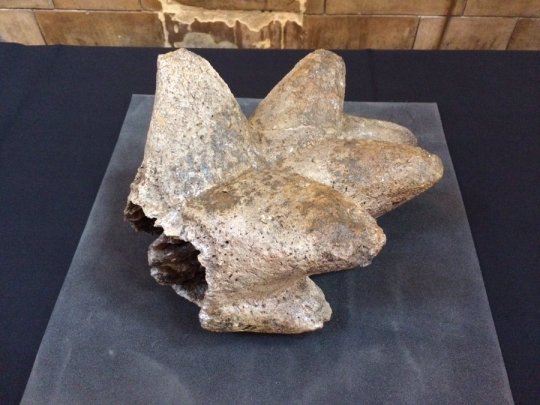
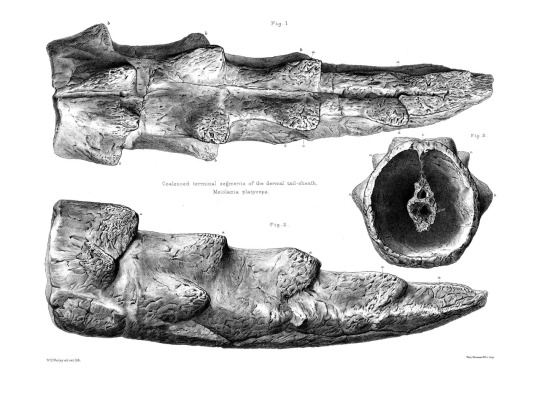
They were found throughout almost the whole Cenozoic, with the oldest form dating to the Eocene of South America and the most recent ones living from the Pleistocene to Holocene in Australia and on various South Pacific Islands. They are honestly pretty cool animals and super underrated, which is why I decided to give their wikipedia pages upgrades in the first place. Which also meant doing a bunch of other illustrations (that I was more in tune with) and pulling a bunch of public domain photos and putting them on wikimedia. Here some skeletals and charts I made, open the last pic, it shows multiple different Meiolania species atop each other.
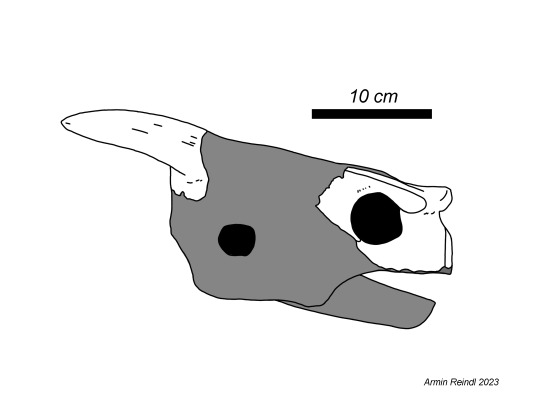

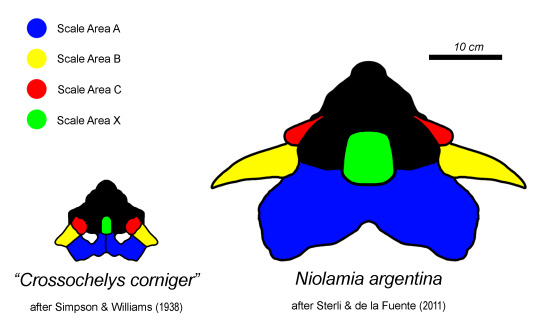
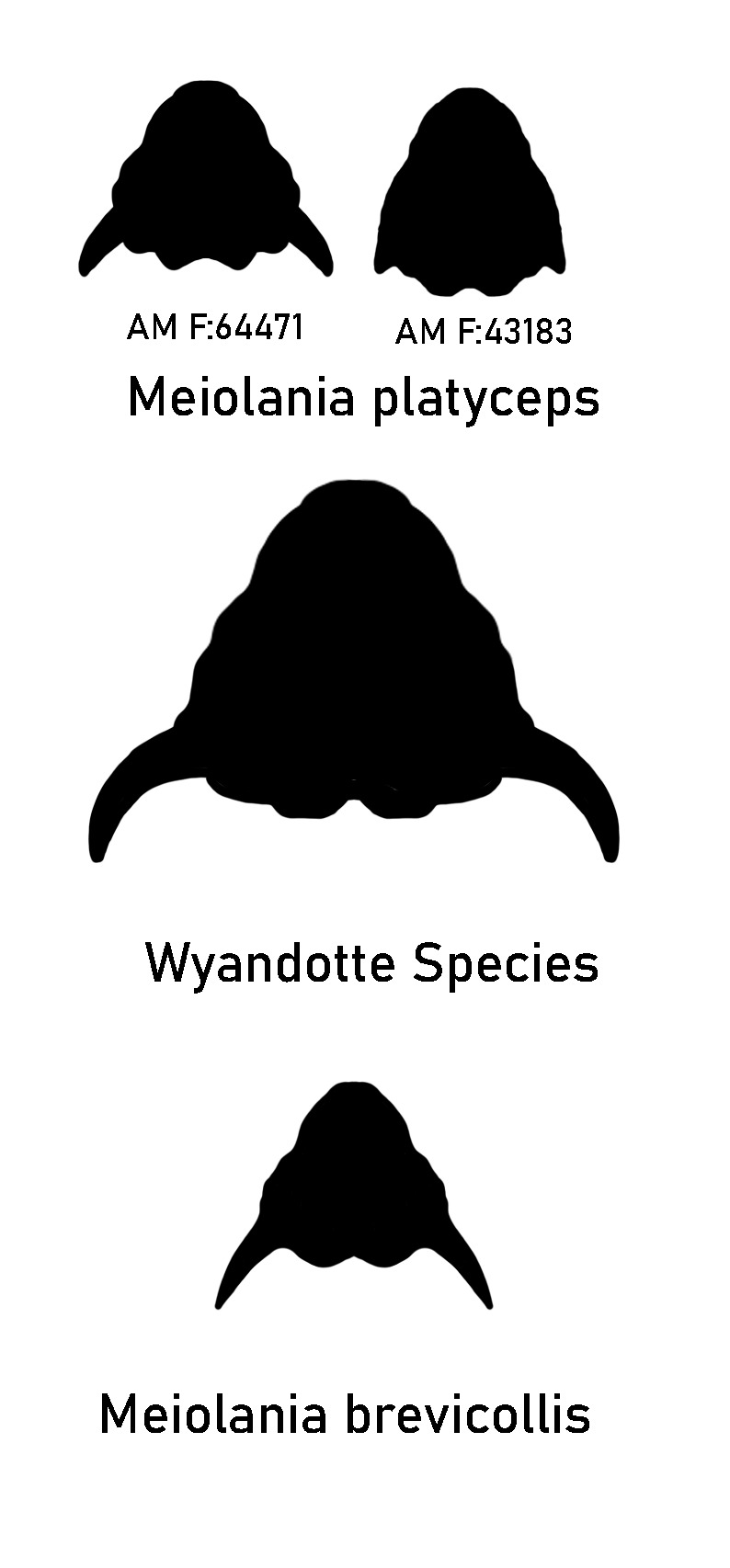
The results were pretty mixed tbh. Some of the most recent forms, Gaffneylania, Warkalania and even Ninjemys had relatively little to write about. But things were more exciting with Niolamia (if you remember my rant about its messed up history). Meiolaniidae itself was just a big summary of all the other stuff, but easily the most extensive was Meiolania itself, which took AGES to research and put togehter. Tho I'm pretty happy with the result. Here's a little side by side, old and new.
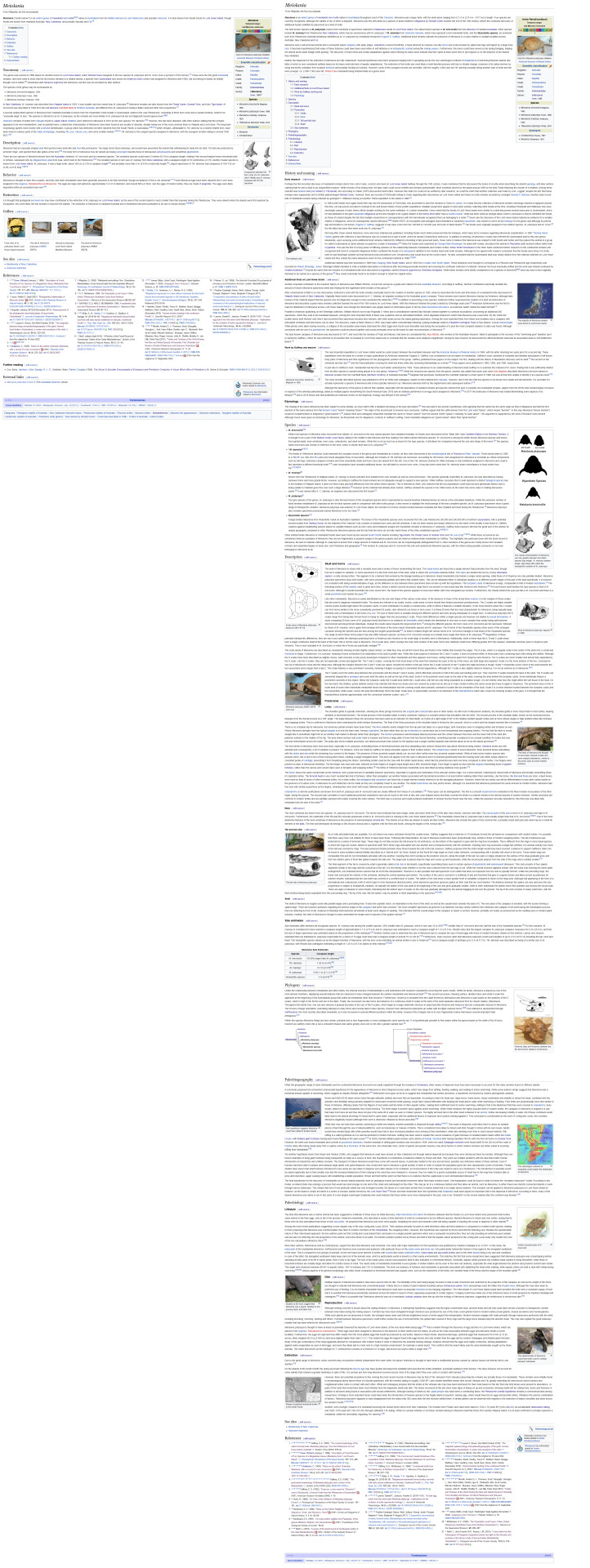
#turtles#wikipedia editing#meiolaniidae#meiolania#niolamia#gaffneylania#ninjemys#teenate mutant ninja turtles#warkalania#tortoise#palaeblr#paleontology#prehistory#australia#argentina#cenozoic#long post#paleo art#skeletal
214 notes
·
View notes
Text
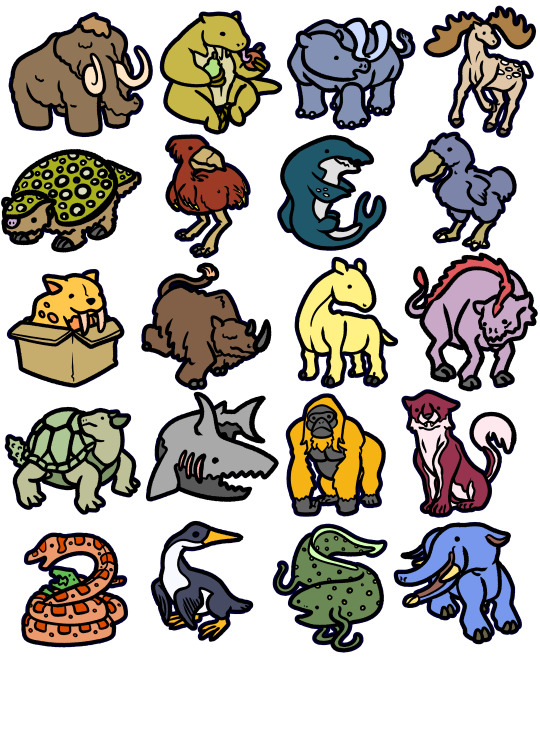
The small friends trilogy concludes
#paleontology#wooly mammoth#mastodon#megatherium#brontotherium#irish elk#megaloceros#glyptodon#moa#basilosaurus#dodo#smilodon#saber tooth tiger#wooly rhino#indricotherium#hell pig#entelodont#meiolania#megalodon#shark#gigantopithecus#dinofelis#cat#titanoboa#snake#waimanu#lungfish#platybelodon#megafauna#cenozoic
303 notes
·
View notes
Text

Meiolania platyceps
#paleoart#paleontology#reptile#reptiles#stem turtle#meiolania#platyceps#meiolania platyceps#not my wheelhouse but was fun to try now#stemturtle#july 7th 2021
180 notes
·
View notes
Photo

Although Meiolania - the extinct giant horned tortoise from Australia - is currently thought to have been a coastal herbivore, tortoises are not to be trusted around free meat.
Done with the help of an edited Planet Zoo model.
Patreon • Ko-fi • Facebook • Twitter • Prints & Merch
732 notes
·
View notes
Photo

Almost-Living Fossils Month #20 -- Some Very Spiky Turtles
The meiolaniformes were a group of terrestrial turtles that first appeared in the fossil record in the Early Cretaceous, around 125 million years ago. Although they were originally thought to be cryptodirans, more recent studies suggest they weren’t actually quite true turtles at all, instead being close evolutionary cousins to them in a much older and more “primitive” lineage that may go back as far as the Triassic.
They’re known mainly from South America and Oceania, but they may have had a more global distribution during the Cretaceous, with some fossils from the northern continents sometimes being classified as members of the group. However, only the South American meiolaniformes seem to have actually survived through the end-Cretaceous extinction.
The most distinctive meiolaniformes were the heavily armored meiolaniids, which first appeared in Patagonia during the Early Eocene (~48 mya). With large horns on their heads and thorn-like spikes along their long tails, they seem to have convergently evolved to fill the same sort of large-herbivore-tank niche as ankylosaurs and glyptodonts.
They also had fairly large nasal cavities, which might indicate a well-developed sense of smell -- or may have been an adaptation for regulating the heat and moisture content of each breath, similar to the complex noses of ankylosaurs.
The South American meiolaniformes all went extinct around the end of the Eocene (~33 mya), but some meiolaniids had already dispersed across to Australia via Antarctica (before the continents had fully separated, and before Antarctica had frozen over) and they continued to survive there for most of the rest of the Cenozoic. They even went on to spread to various islands around Oceania, suggesting they were able to float and swim like modern giant tortoises.
The largest Australian meiolaniids reached sizes of around 2.5m long (8′2″), making them some of the biggest of all known terrestrial turtles. These giant forms went extinct in the Late Pleistocene, around 50,000 years ago, alongside much of the other Australian megafauna.
A few smaller varieties hung on in smaller islands to the east, with one of the latest-surviving species being Meiolania platyceps on Lord Howe island. It was only about half the size of its biggest Australian relatives -- an example of insular dwarfism -- and lived into the Late Holocene just 3000-2000 years ago.
Meiolania species on other islands seem to have gone extinct after the arrival of humans. But Lord Howe Island appears to have never been inhabited prior to European settlement in the late 1700s, so it’s unclear why this last of the meiolaniformes disappeared.
[Edit: A new study of Meiolania platyceps’ anatomy suggests it may have been more aquatic than previously thought. It might have been something like a giant herbivorous snapping turtle or an armored reptilian hippo, bottom-walking around in coastal lagoons, with its big nasal cavity housing salt glands.]
#almost living fossils month#science illustration#paleontology#paleoart#palaeoblr#meiolania#meiolaniidae#meiolaniformes#testudinata#pantestudines#turtle#stem-turtle#archosauromorpha#reptile#art#ancient mutant fossil turtles#turtle power
331 notes
·
View notes
Photo

These have been sat so close to finished for an age. I thought of the basic concept way back when with Gold and Silver but it wasn’t until much later I added a layer of polish and went the turtle route.
Splashan are pokemon with an active core that heats up the water they synthesise naturally within their bodies. By manipulating the rocky plates of its shell a Splashan can direct its boiling stream of water with great accuracy, dousing opponents from great distances away. They typically wander over a small territory that overlaps often with other Splashan.
The plates on the back of Surfang are more adapted for soaking a large area in front of it than for accurately dousing far off targets. The plates are much larger and provide a more efficient defence from physical attacks. Typically Surfang reside in loose groups around watering holes and don’t like to share their immediate space, huffing steam as a warning to would be challengers.
Miogeyser have an array of geysers across their back and are able to shoot boiling water in a full 360 radius around itself. Their heavily armoured hides in tandem with their scalding defence make them daunting targets and they are typically left alone. Miogeyser have endured on the continent of Auzz for a long time and it’s believed their fearsome defence evolved as an answer to a more dangerous time than today.
— Ability Info —
— Attack Info —
5 notes
·
View notes